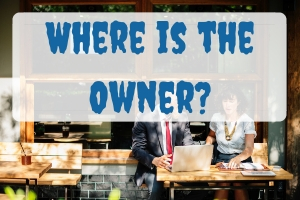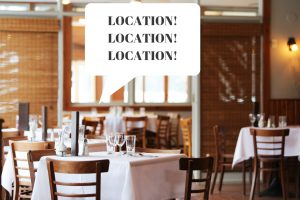WAITSTAFF BEHAVIOUR
Unhelpful, surly waitstaff will drag down the mood at any restaurant!
In fact, unhelpful and unfriendly waitstaff may be the main reason customers do not return to your restaurant.
Don’t let it happen to you …..
It’s far easier to train an upbeat, fun person on restaurant service than it is to teach an experienced, grumpy person to be nice.
Remember, your restaurant is only as good as your worst team member, so don´t permit staff to remain if they are rude, condescending, surly or unhappy.
There are plenty of great people out there who want to work in your restaurant. Find them, train them, and improve your sales.



























